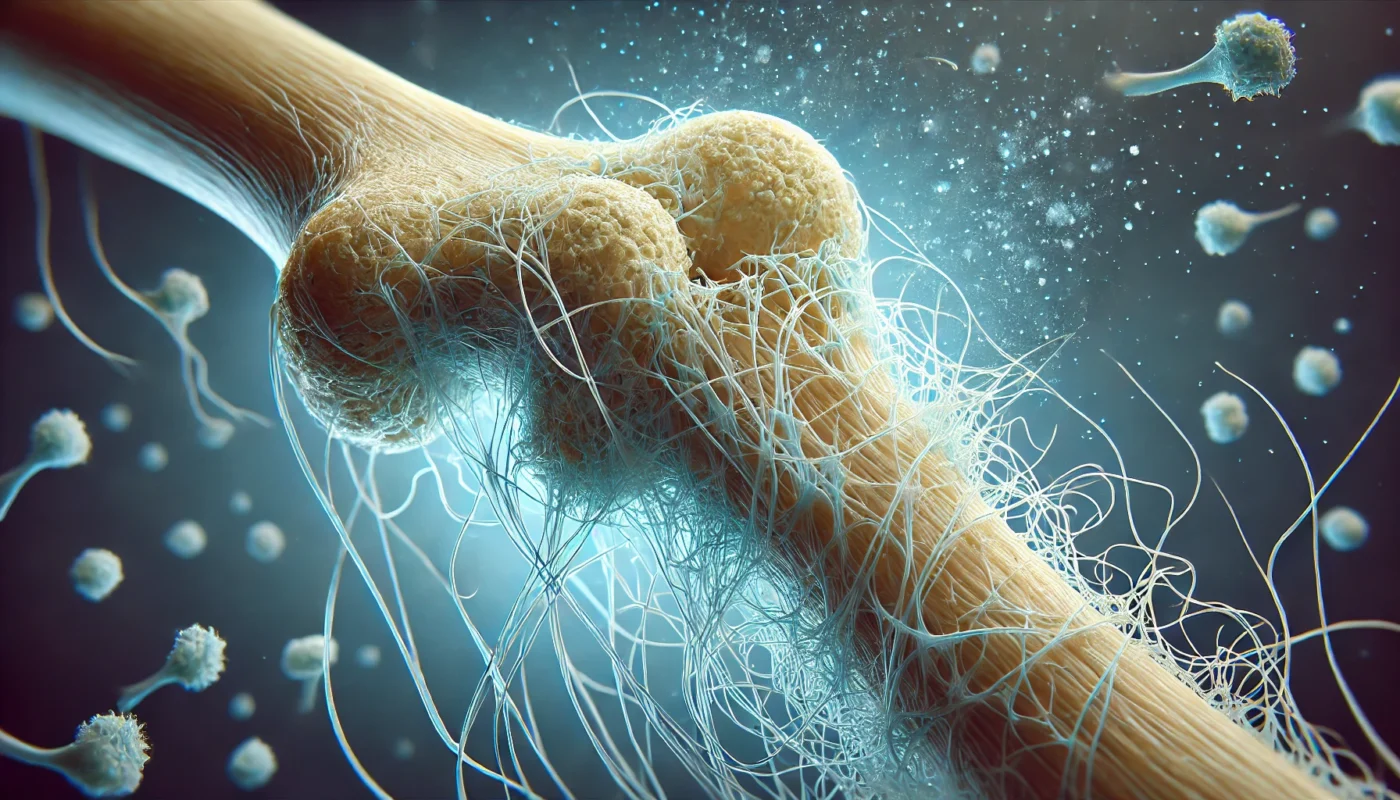The golden substance we have come to know as honey is not just a sweetener for your morning tea or toast. Medical grade honey, particularly Manuka honey, has been revered for its healing properties for centuries. But what makes it so special, and how can it be used effectively in wound care? In this article, we’ll delve into the benefits of medical grade honey, explore its use in healing wounds, and provide practical advice for those looking to incorporate this natural remedy into their health regimen.
Tag Archives: case studies
Before diving into the strategies, it’s essential to grasp the basics of how your immune system functions. The immune system is a complex network of cells, tissues, and organs working together to defend the body against harmful invaders. It comprises two main components: the innate immune system, which acts as the first line of defense, and the adaptive immune system, which responds to specific threats.
When it comes to healing fractures, collagen plays a pivotal role. It’s the most abundant protein in our bodies, providing structural integrity to our bones.
During the healing process, our bodies form a collagen-rich callus around the broken bone. This callus initiates the repair, acting as a scaffold for new bone formation.
But not all collagen is created equal. There are different types, with Type I collagen being the most prevalent in bone tissue. Understanding these types and their roles in bone health is crucial.
Supplementing with collagen can provide the necessary amino acids for new collagen formation. Hydrolyzed collagen peptides, in particular, are easily absorbed by the body and may be more effective in supporting bone healing.
However, it’s not just about taking collagen. Vitamin C is crucial for collagen synthesis and should be consumed in conjunction with collagen supplements.
This article aims to provide a comprehensive understanding of collagen’s role in fracture healing. We’ll delve into the science, explore the best sources of collagen, and provide practical strategies for incorporating collagen into your recovery plan.



